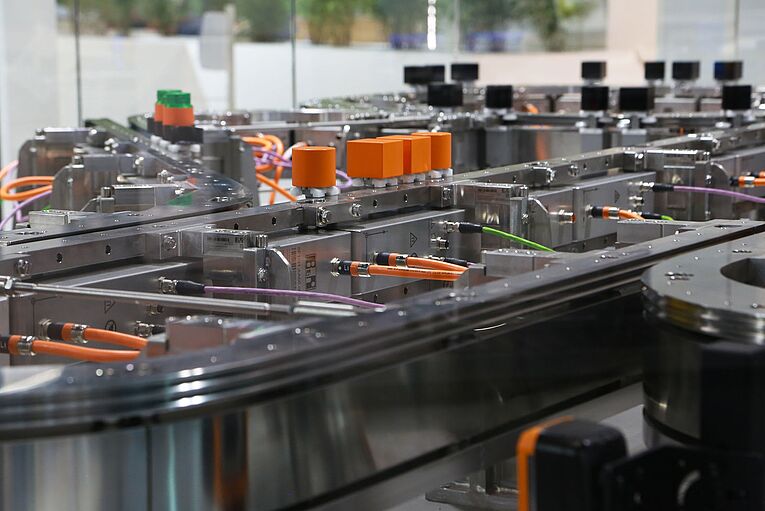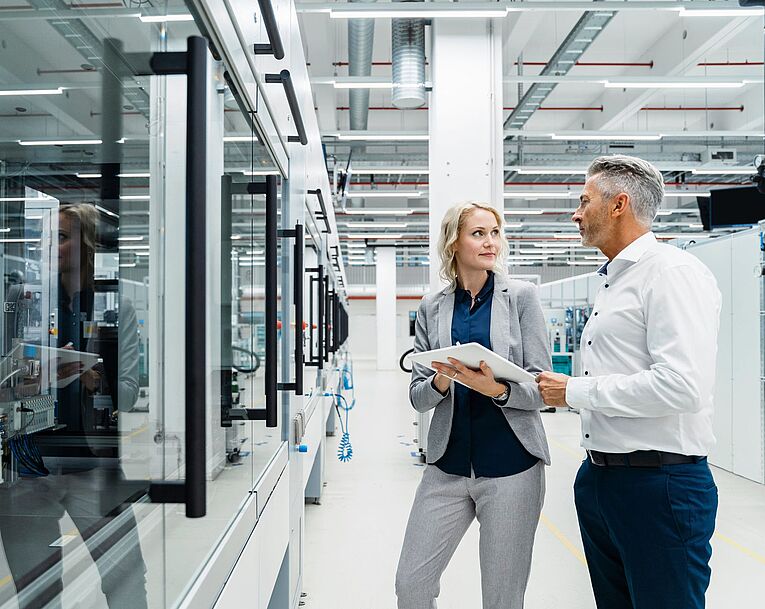Aftale om brug af billeder
Vigtig information om brugen af billedmateriale
Nå du kopiere eller på nogen måde bruge billedet, der er linket nedenfor, indikerer det, at du har læst og forstået følgende aftale vedrørende brugen af billeder, som gælder for brugen af billedmateriale. Hvis du ikke accepterer aftalebetingelserne, har du ikke tilladelse til at kopiere eller bruge billedet i nogen egenskab uden skriftligt samtykke fra B&R.
Brugeraftale:
I overensstemmelse med betingelserne i denne aftale er billedet kun tilgængeligt til redaktionelle formål for medlemmer af pressen eller branchespecialister. Brugsretten er begrænset til dig og kan ikke overdrages til tredjepart. Billedet må ikke bruges til at reklamere for eller sælge noget produkt eller teknologi (f.eks. brug i reklamer, brochurer, bogomslag, billeddatabaser, t-shirts eller andet reklamemateriale). Billedet må ikke ændres eller modificeres på nogen måde, hverken helt eller delvist. B&R er og forbliver til enhver tid eneejer af billedet. Du har ikke tilladelse til på nogen måde at slette, ændre eller skjule nogen forklaringer eller beskrivelser, der hører til billedet.
B&R leverer billedet som det er og uden nogen garantier. Du, ikke B&R, bærer eneansvaret for dit brug af billedet. B&R er enten ejeren eller licenstageren af billedet og ikke mellemmand for ejeren. Ved at bruge billedmaterialet er du i sagens natur forpligtet til at trykke "Copyright B&R" på et passende sted i publikationen. Endvidere skal prøveeksemplar af enhver trykt publikation, der indeholder billedet, sendes til B&R.
B&R Industrial Automation GmbH
Marketing/Coporate Communications
B&R-Straße 1
5142 Eggelsberg
Østrig
press@br-automation.com



